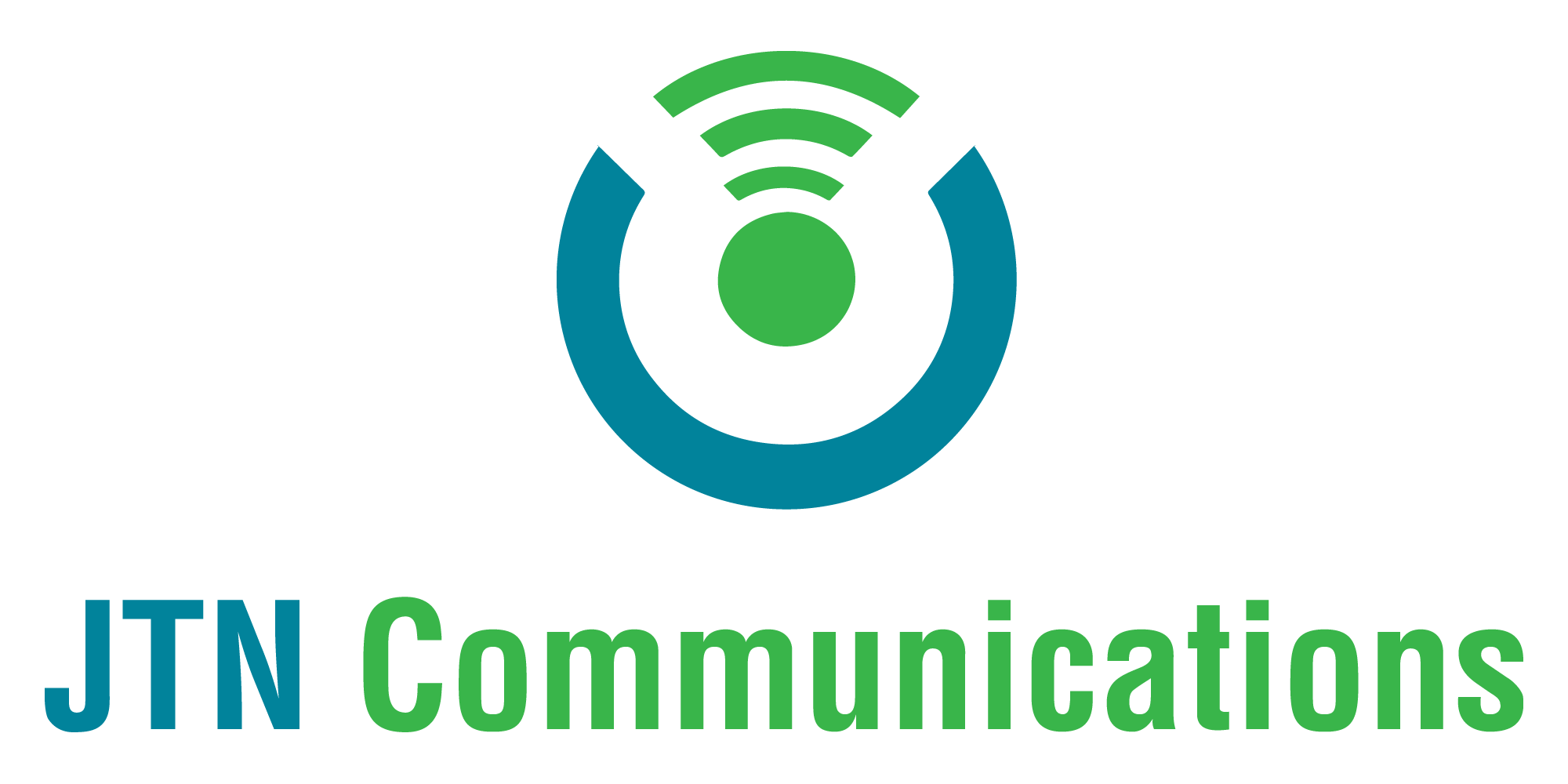
Having trouble getting WiFi or a wired connection to an area of your house? There are a few good options for extending the range of your home network to areas that you need it the most. Below are the best ways in descending order to extend your home’s network. We’ll examine a few of these techniques along with what JTN can do to help in this post.
Ethernet
The best, most reliable way to extend your network in your home is by using existing ethernet cabling. If your home has ethernet running through the walls already then this is the method you should use. Identify the cable you wish to use and connect one end to your router’s switch port. At the other end you have the choice of a wired switch, managed wireless access point from JTN, or wireless access point from a third party source (usually also including three or more additional switch ports). A good example at the time of this article for a wireless access point is the Netgear WAC104. A good example of a wired switch is the Netgear GS305. We recommend configuring the network name to be the same as your current router so that your phone/laptop seamlessly jumps from one access point to another as you move about your home.
Even if you don’t currently have an ethernet cable between the two locations in your home that you want service it is worth your time to consider running cable within your home between these two points.
Coaxial Extenders
Don’t have ethernet running through your home? We are willing to bet you do have Coaxial cable! MoCA adapters use your coaxial cable to transmit data between two points in your home. Plug in the device to power, plug one end in to your coaxial cable and repeat on the opposite end. You’ll end up with two open ethernet ports which will allow you to extend your network to other areas of the home. 1gbps and 2.5gbps options are readily available from Amazon.
Powerline Adapters
Powerline adapters use frequencies carried over power lines in your home to create a wired link back to your original network. They come in a variety of types, speeds, and with varying features. We recommend using these as wired connections back to your wireless access point. The gain on the antennas and the cheap manufacturing quality of most of these devices does not produce the highest-quality wireless experience. These are as simple to use as plugging them in to an outlet near your router (not a power strip), connecting the ethernet cable to the device, choosing the other location in the home where you want the link present, connecting the adapter to the outlet, and plugging in the wireless access point. Please note that older homes with outdated electrical wiring may not yield the best results with this method. Another limitation is the inability for many of these devices to communicate past more than one breaker panel or sub-panels.
What Not To Use
Wireless range extenders are not recommended. The limited range enhancement at the cost of additional noise in the environment usually offsets any gains made by adding these devices to your home network.
